Our blog
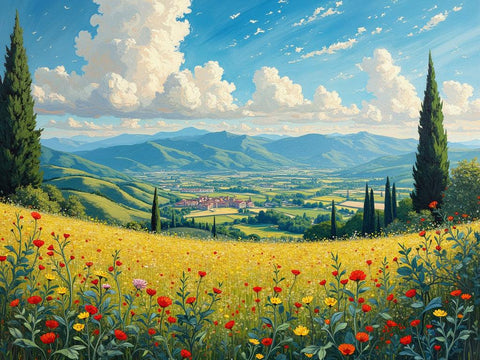
Friuli Venezia Giulia is a renowned Italian wine region, famous for the quality of its wines, especially white wines, and for the variety of indigenous and international grape varieties. Located in the northeast of Italy, the region benefits from a unique terroir with Alpine and marine influences. Friulian viticulture combines tradition and innovation, using modern techniques to preserve the freshness of the grapes. Forchir is a winery that is an icon of the region, known for the quality and sustainability of its wines.
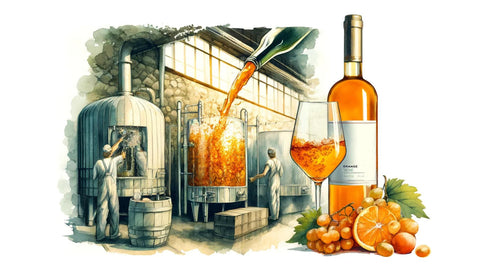
Orange wines, or skin-macerated wines, are a unique category in the wine world, combining ancient winemaking techniques with a modern approach. Characterized by an orange color and a robust tannic structure, these wines offer aromatic complexity that ranges from notes of dried fruit and spice to aromatic herbs and honey. Orange wines are versatile in culinary pairings, pairing well with seafood, white meats, and spicy dishes. Ideal for those seeking a rich and historically rooted wine experience, orange wines are gaining popularity for their authenticity and sensorial depth.
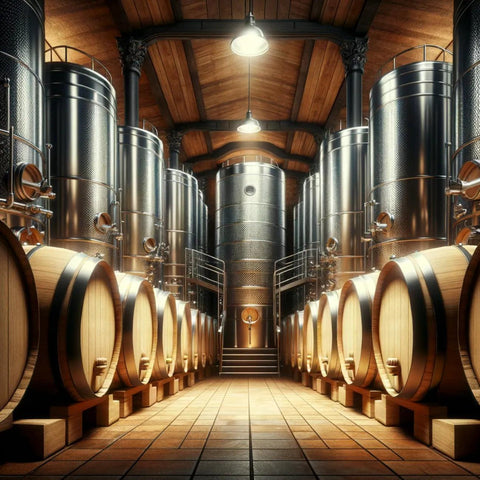
Explore the art of wine aging through a detailed analysis of the different techniques used to enrich the aromatic and flavor profiles of the wine. This article illustrates how methods such as the use of stainless steel, barriques, tonneaus, large barrels and amphorae influence the final result, giving winemakers essential tools to shape the identity of each wine. Discover the peculiarities of each method and how they contribute to creating unique and expressive wines, broadening the panorama of the wine world.
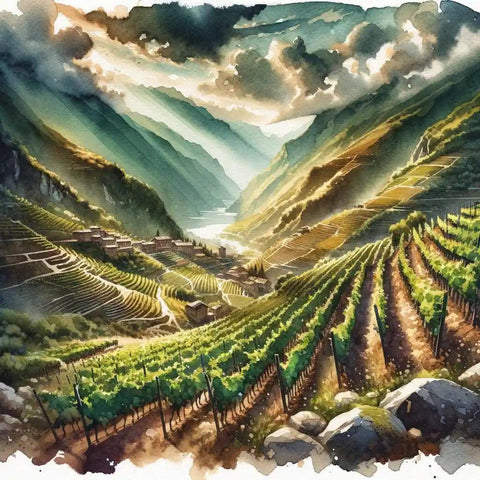
The Nebbiolo Chiavennasca of Valtellina is a distinctive grape variety that finds its best expression on the alpine terraces of the region. With roots dating back to the Carolingian era, this grape uniquely adapts to the alpine terroir, producing wines with unique characteristics. The article explores its history, cultivation on soils of alluvial deposits, gravel, and silica, influenced by the unique climate of the area. It also discusses the different styles of Chiavennasca wines, from the lighter Rosso di Valtellina DOC to the robust Valtellina Superiore DOCG and the intense Sforzato di Valtellina DOCG, each reflecting the nuances of their terroir. Traditional production uses Slavonian oak barrels, but some producers experiment with French or American oak barriques for added complexity, highlighting the versatility of the grape and its harmony with the alpine terroir.
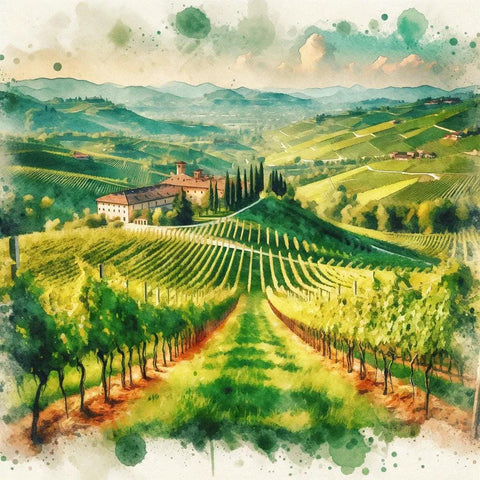
Italian bubbles are renowned for their variety and quality, primarily due to two production techniques: the Charmat Method and the Classic Method. The Charmat Method, used for wines such as Asti, Moscato d'Asti, and Prosecco, takes place in large tanks, favoring a quicker and more economical process that preserves the grape's natural aromas. The Classic Method, on the other hand, involves a complex fermentation in the bottle, similar to that of Champagne, producing wines with greater complexity and aging potential. This method is employed in prestigious wines like Franciacorta and Trento DOC, which require long aging periods on the yeast.

Dive into the world of Sangiovese, the iconic Italian grape variety that has made some of the most appreciated wines in the world famous. From Tuscany to Emilia-Romagna, from Marche to Umbria, discover how this versatile grape adapts to different soils and climates, producing wines with a wide range of aromatic profiles. Don't miss the opportunity to explore our selection of Sangiovese-based wines on our online wine shop, Vinai del Borgo. Sangiovese is more than a grape variety, it's a journey through the flavors and aromas of our land.

